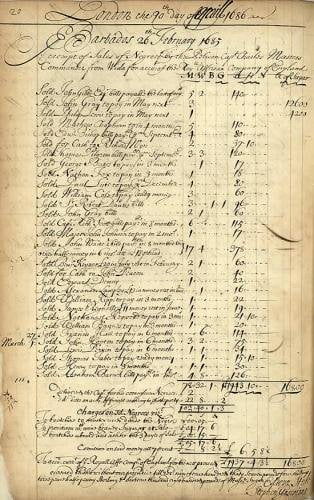In 1603, King James VI of Scotland succeeded his cousin Queen Elizabeth I to become James VI and I, King of Scotland, England and Ireland. This was the first time that a single ruler reigned over the entirety of the British and Irish isles. This new Anglo-Scots Monarchy expanded the realm’s overseas possessions.
The Plantation of Ulster

A map of Irish counties where English and Scottish plantations were established over the reigns of Mary I, Elizabeth I and James VI and I
James embraced the Anglo-Scots colonisation of Ulster with zeal. Thousands of Scottish and English Protestants settled on confiscated Irish Land in Ulster. It was the success of the Plantation of Ulster laid the foundations for the Partition of Ireland and the modern Northern Irish state.
The Americas
The Anglo-Scots Monarchy expanded the colonisation of the Americas. Numerous royal charters were issued to private organisations, granting them trading monopolies or the right to colonise designated areas of land as a ‘proprietary colony’. This form of colonial governance was cost-efficient for the crown, allowing them to grow rich off of the spoils of Empire without having to pay for the administrative costs.
The Stuart Monarchy paid less attention to North America. During the reign of James VI and I, an ultimately unsuccessful attempt was made to colonise Nova Scotia. James created hundreds of Baronets of Nova Scotia to encourage Scots to settle, but no Scottish colony was forth coming. In the 1690s, a collection of Scots attempted to build a ‘Scottish Empire’. This plan was known as ‘The Darien Scheme’. It had a quarter of Scottish capital invested in it and sought to create a Scottish colony straddling the Isthmus of Panama. The scheme was a disaster, lacking royal backing and exacerbated by the decision of William III to forbid any English colony from offering assistance to his Scottish subjects. The collapse of the scheme damaged the Scottish economy and contributed to Scotland seeking Union with England in 1707, as the Scottish ruling class wanted access to the English colonial markets.

James VII and II, King and Governor of the Royal African Company
The most notable involvement of the Stuart monarchy came in the form of its sponsorship, financing, and profiteering from the transatlantic slave trade. Whilst the Wars of the Three Kingdoms (1638-1653) and the establishment of the Cromwellian Protectorate (1653-1660) disrupted the monarchy, upon his restoration as king in 1660, Charles II granted a royal charter to what was later known as the Royal African Company (RAC). The King invested significant funds into this slaving venture, and as did his brother and heir, the Duke of York and future King James VII and II. Both grew rich off the slave trade. Indeed, many Africans were branded with the initials ‘DY’ to signify their owner, the Duke of York. The Duke of York was the largest shareholder of the RAC and served as its Governor for 25 years until his ascension to the throne.
The constitutional status of the monarchy changed with 1688-89 revolutions, so that Parliament was recognised to be the superior organisation with regards to governing the kingdoms and by extension, the Empire. However, the monarchy continued to be heavily involved in the business of Empire, particularly the slave trade.

An account of a slaving voyage of the Royal African Company
In January 1689, the Deputy Governor of the RAC, the notorious slave trader William Colston, transferred £1,000 of shares (roughly £163,000) to King William III. Like their predecessors, King William and Queen Mary profited greatly from this as the slave trade expanded. Between 1662 and 1731, 214,622 enslaved Africans were transported on company-owned ships (757 voyages) to English colonies in the Americas. Of those transported, 45,117 enslaved people died en-route.
Queen Anne, the last of the Stuarts and first Monarch of a unified Kingdom of Great Britain, continued the family business. She granted the South Sea Company (SSC) another slave trading company, the use of four Royal Navy Vessels to assist them in establishing bases in West Africa. Britain won the trading monopoly to sell enslaved Africans to the Spanish colonies in the Americas, and it was Anne who granted this monopoly to the SSC.
The Stuart period is often noted for the turbulent transformation of the relationship between monarchy and parliament. By the end of 17th century, the monarchy gradually took less of a role in directly governing their domains. This had consequences for their involvement in Empire. Though they were no longer solely directing colonial policy, monarchs continued and deepened their involvement in the slave trade, growing wealthy in the process.